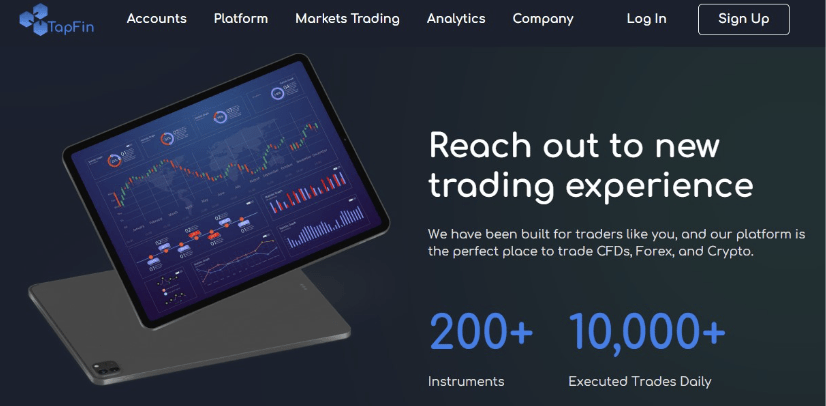The shift from offline to online trading has proved transformative in dynamic financial markets. Online trading platforms have mostly supplanted offline trade. Trading platforms’ convenience, accessibility, and effectiveness have made them the dominant trading method, eclipsing offline methods. This article will discuss three reasons why offline trading is outdated, and tapfin trading platforms are the newest financial trend.
- Instant Accessibility and Convenience
One of the main reasons internet tapfin platforms have become so popular is their unmatched accessibility. Investors may now transact without visiting stock exchanges or via intermediaries.. Trading platforms enable anybody with an internet connection to examine their portfolios and make trades from home or on the go via mobile applications.
However, offline trade has time and geographical limitations. Traditional investors are sometimes limited by brick-and-mortar exchange hours, missing chances, and slowing market responses. Online trading platforms allow users to react rapidly to market developments and news that may affect their assets since they are accessible 24/7.
Internet platforms provide convenience beyond their accessibility. Due to their user-friendly interfaces, real-time market data, and comprehensive analytical capabilities, these platforms allow traders to make rapid, accurate decisions. Paperwork, manual order processing, and other tedious administrative tasks of offline trade are disappearing. Online trading platforms are increasingly preferred by educated investors.
- Efficiency in expenses and disclosure
Tapfin platforms, which are more efficient and cheaper than offline trading, have upended the financial landscape. Brokers, agents, and other financial entities typically facilitate conventional trade. All these people and organizations charge for their services. These expenditures may quickly build up, cutting investor profits.
However, online trading platforms have streamlined this process by eliminating intermediaries and cutting transaction costs. Most online platforms provide competitive pricing to let traders retain more of their revenue. These systems’ openness lets investors see and understand transaction costs, which builds trust in the system.
Online platforms are transparent throughout the trading process. Investors may see full transaction histories, real-time market data, and order status. This level of transparency empowers traders and enhances financial markets.
- Innovations in Technology and Analysis
Technology developments in online trading platforms have put them light years ahead of offline methods. These platforms leverage cutting-edge technology like artificial intelligence, machine learning, and algorithmic trading to provide advanced tools and insights.
Financial sector disruption has come from algorithmic trading. Online platforms let traders automate their processes, execute complex algorithms, and benefit from market inefficiencies with unparalleled speed and accuracy. Offline trading cannot achieve such automation and productivity.
Due to the wide range of analytical tools and research materials accessible online, traders may now obtain information formerly reserved for institutional investors. Online traders may make data-driven decisions in real-time using financial news, personalized charts, and technical analysis.
End Note
The shift from offline to online trading shows the financial sector’s dynamic nature. Online platforms’ speed, cost-efficiency, transparency, and advanced technology have made offline transactions obsolete.Tapfin platforms provide efficiency and new possibilities, and those that take advantage of them will triumph as the financial markets rapidly digitalize. Investors who can adapt to this paradigm shift will be well-positioned to navigate the financial world and benefit on new opportunities.





































